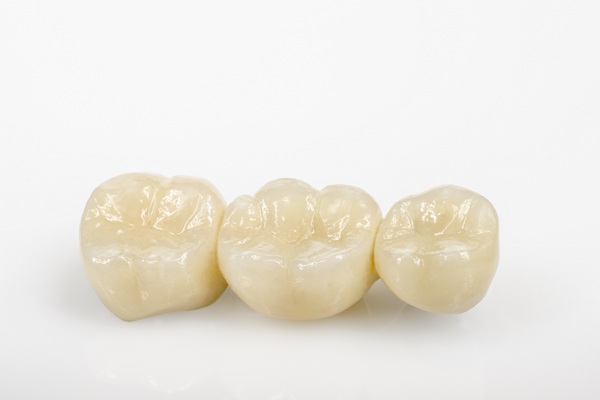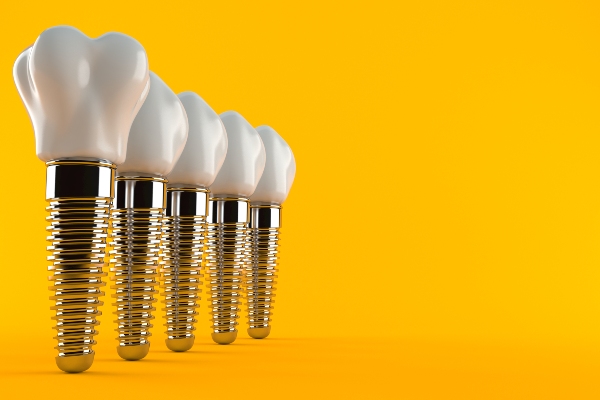 General dentistry focuses primarily on preventative treatments that help keep your mouth healthy, but it also includes restorative and cosmetic treatments that repair damaged teeth and improve their appearance. However, there are countless myths surrounding general dentistry. Some of them can lead to a person developing anxiety about dental visits.
General dentistry focuses primarily on preventative treatments that help keep your mouth healthy, but it also includes restorative and cosmetic treatments that repair damaged teeth and improve their appearance. However, there are countless myths surrounding general dentistry. Some of them can lead to a person developing anxiety about dental visits.
Debunking common general dentistry myths
Here are a few of the most common misconceptions that people have about visiting a general dentist:
1. Root canals are painful
This myth probably stems from a time when local anesthetics were not as developed as they are today. A root canal would be extremely painful if local anesthetics were not used, but that is not the standard treatment procedure.
Root canal therapy starts with the patient being injected with a local anesthetic. This numbs the area being worked on so the patient does not feel pain. They only feel vibrations and pressure from the dentist working on their tooth. By the time that the procedure is over, the pain caused by the issue that brought the patient to the dental clinic should be gone.
2. Brushing once a day is enough to keep teeth healthy
Brushing once per day is better than nothing, but it does not give the teeth adequate protection against tooth decay and gum disease. Both issues are caused by oral bacteria creating plaque and tartar. These things contain these microorganisms and the acids that they create. The acids damage teeth, and tartar can get into gum pockets, infecting them.
Oral bacteria feed on sugars left in the mouth, so brushing removes the fuel that they need to make acids and plaque. Bacteria get a fresh batch of food every time you eat something or consume beverages that contain sugars.
Brushing after every meal provides the highest level of protection, but that is not practical for most people. Brushing twice a day is the next best thing. One of these times should be right before going to bed, so bacteria and plaque are removed before sleeping. Saliva production slows down during sleep, making teeth more vulnerable to the acids created by oral bacteria.
3. Seeing a dentist once every few years is enough
That is way too much time for significant dental issues to develop in between visits. The American Dental Association recommends that patients see a dentist twice a year so tartar deposits can be removed from teeth and any existing issues can be addressed.
Tartar cannot be removed by brushing, so it builds up on teeth between dental visits. A few years' worth of tartar on teeth is enough to cause serious oral issues, like gum disease.
Biannual dental visits also increase the chance of developing problems being detected early. Generally speaking, the earlier that a dental problem is noticed, the cheaper it is to fix and the less pain that it causes.
Take control of your oral health
Are ready to make your oral health a priority? Call or visit our Summit clinic to set up an appointment with our dentist.
Request an appointment or call Summit Family & Cosmetic Dentistry at 908-516-3833 for an appointment in our Summit office.
Related Posts
When patients visit the general dentistry office, the goal is to keep their oral health excellent. The appointment may be nothing more than a professional dental cleaning and getting instructions on proper oral health so long as there are no oral issues. If dental problems are to be addressed, the dentist will recommend the appropriate…
Like a doctor’s office visit, general dentistry is not something you want to neglect or dismiss. Your oral health is as important as any other aspect of your well-being. As you go to the dentist’s office, you can find out about any troubling issues affecting your teeth and gums. In between dental appointments, you are…
In general dentistry, dental sealants can help ensure good dental health in children. The protective layer can also extend up to adulthood. This gives patients the opportunity to enjoy strong teeth without worrying about dental damage. If you want to know how general dentistry makes use of dental sealants, here are the details.Chewing and biting…


